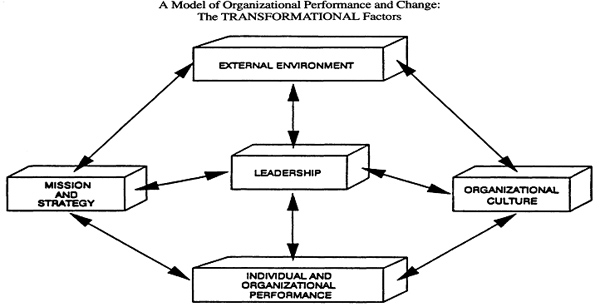Creating Sustainable Change – How to create and sustain change?
April 3, 2025
 Creating Sustainable Change – How to create and sustain change?
Creating Sustainable Change – How to create and sustain change?
Who doesn’t like change and who doesn’t want to change? These are certainly truisms in the 21st century landscape where businesses proclaim their commitment to change and exhort their employees to “Be the change you want to see”. However, having a vision and mission statement that commits to change is different from actualizing the change.…
 Why Some Organizations are Better at Driving Change ?
Why Some Organizations are Better at Driving Change ?
We live in a world where increasing complexity is the order of the day and the business landscape is characterized by a rapid turnover of companies which find themselves dethroned from their position because of outmoded thinking or anachronistic strategies. For instance, Nokia and RIM (the maker of Blackberry) were at the top of the…
 Contingency Model of Change Management: Dunphy and Stace’s Model of Change
Contingency Model of Change Management: Dunphy and Stace’s Model of Change
The contingency model is an extended version of Lewin’s three step in which Dunphy and Stace (1988, 1992 and 1993), explained the process of change from the transformational organization perspective. Dunphy and Stace (1993), put forth a situational or contingency model of change, which emphasized on the fact that organizations should vary their change strategies…
In the present competitive scenario, modern organizations are faced with several challenges from the external environment which are political, social and economic in nature. Along with the pressures of such factors, the organizations have to compete by coping up with the challenges posed due to globalization, technological innovation, changes in the preferences/lifestyle changes, acute skill shortage and workforce issues, financial forces and also changes in the legislations internationally.
According to Macredi and Sandom, 1999, the ability to successfully manage change has become a vital asset for the organization’s in the present scenario for staying competitive in the unstable environment.
Transformational change means alterations in certain areas which is caused due to an interaction with the environmental factors and creates a need for new behaviours or changes in the behaviours of the organizational employees.
According to Jick and Peiperl (2003:218), a transformation is referred to as organizational reorientation.
Cummings and Worley (2001:498) and Grobler (in Verwey Du Plooy-Cilliers, 2003:192), viewed transformational change as paradigm modifications both at the individual and organizational levels. They equally viewed transformational change as the major task of the leaders of the present scenario, from which emanates the term transformational leaders.

The model above shows the interrelationship between the entire gamut of transformational factors on the organizational performance and change. It shows that the organizational change is affected by the external environment which includes factors like competitive forces, technological innovation and government rules regulations.
Even the role of transformational leaders in the era of fast transformation has also been discussed through this model.
The transformational leaders play a crucial role in organizational transformation and help in responding to the forces of the external environment by proactively assessing the challenges from the external environment and accordingly developing and implementing strategic interventions. Given below is a description of each factor presented in the model:
External Environment: It constitutes the external factors or situations that influence the organizational performance like the worldwide economy, politica/government factors and the legislations.
Mission and Strategy: Mission is the reason for existence of the organization and strategy constitutes the road map of action and how the organization achieves its goals/purpose over a period of time. A written mission statement guides the employees in their pursuit of organizational excellence.
Leadership: Leaders provide direction and guidance to the employees for behaving and performing in expected ways.
Organizational Culture: Culture of an organization influence the behaviour of the employees and the way the employees do things.
Structure: Structure describes the hierarchical pattern in an organization, levels of responsibility and the arrangement of functions, authority for making decisions, communication patterns and relationship for ensuring effective implementation of the organizational strategy and realization of goals.
In a nutshell, transformational change has been described from different perspectives.
According to Head (1997), transformational change refers to change in the structure, culture and key processes of an organization.
As per Chapman (2002), transformational change requires changes in the attitude, beliefs and values of the employees.
As per Stace and Dunphy (2001), transformational change involves a redefinition of the overall organization’s strategies, gaining the employees commitment towards the process of transformation and reorienting the culture of the entire organization.
In the view of Nadler and Tushman (1989) transformational change is a time-consuming process and requires comprehensive coordination and complete support from the management for effective outcomes.
Your email address will not be published. Required fields are marked *